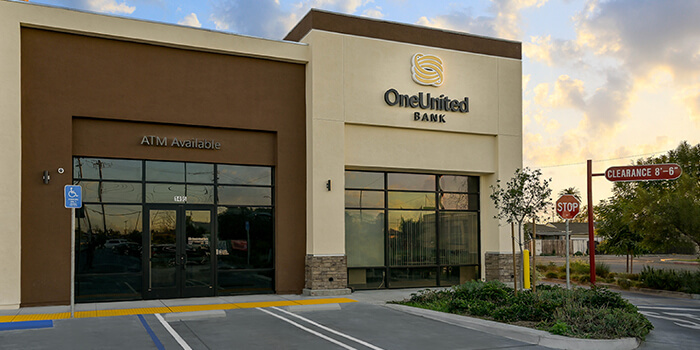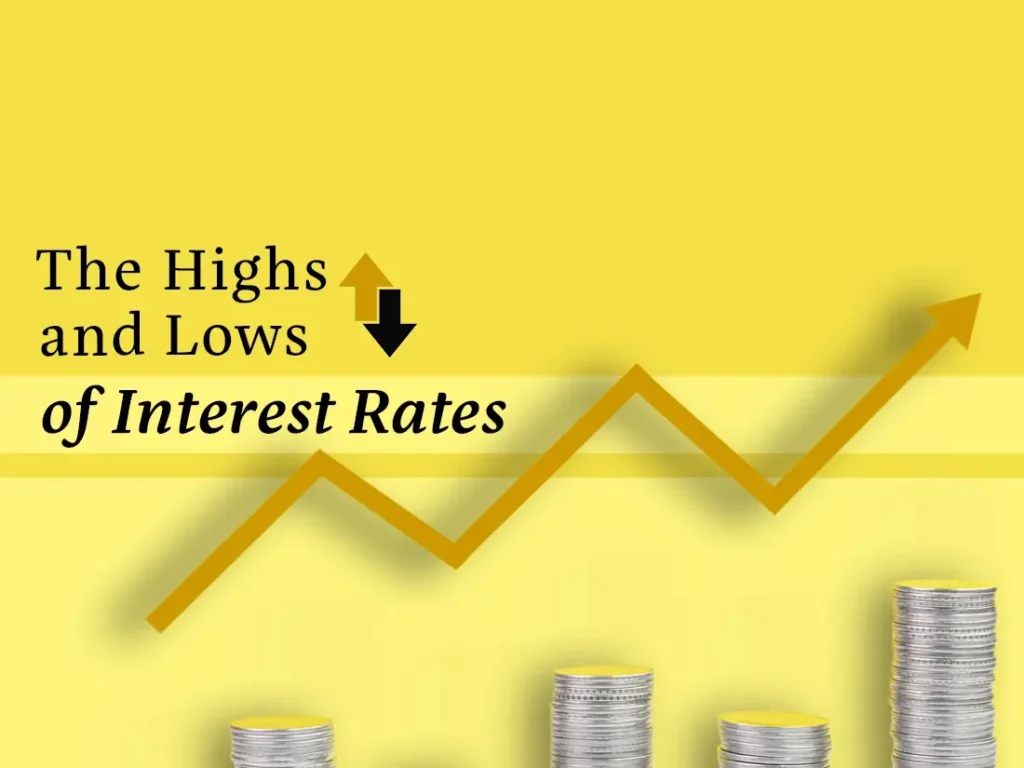For the past year, the Federal Reserve has been increasing the key federal funds interest rate to its highest level in over 16 years. Have you wondered why and how it can impact you? Here’s the 411 on interest rates.
In simple terms, interest rates are the cost of borrowing money or the return you receive on saving money.
When you borrow money, you agree to pay back the principal amount plus interest over a certain period. Interest rates that the consumer pays are typically noted as the Annual Percentage Rate (APR), which is the rate you pay for a whole year (annualized), rather than just a monthly fee/rate.
When you save money, the bank pays you interest on your account balance. Annual Percentage Yield (APY) is the interest rate earned for a whole year (annualized) for savings accounts and Certificates of Deposits at financial institutions.
When interest rates are lower, borrowing money is cheaper, which makes it easier for you to afford loans for big purchases, like a house or a car. On the flip side, this also means that the return on savings accounts is lower, making it less attractive to save money.
On the other hand, when interest rates are higher, borrowing money is more expensive, making it more difficult to afford loans. On a positive note, these rates yield a higher return on savings accounts, making it more attractive to save money.
The Fed is raising rates to reduce inflation, or the annual increase in the price level of goods and services. For 2022, the rate of inflation was over 8%, with a peak of 9.1% in June 2022, which meant the price of “a basket of goods and services” was 8% higher in 2022 than 2021. This was the highest annual rate of inflation since 1981!
By increasing rates, the Fed is increasing borrowing costs to slow the amount of money circulating through the economy to drive down demand for the “basket of goods and services”. With higher interest rates, there will be lower demand for goods and services, and the prices for those goods and services should fall. In fact, in April 2023, the inflation rate had declined to 4.9%, so the increase in interest rates is working. The goal of the Federal Reserve is to reduce inflation back to approximately 2%, which was the rate of inflation in 2019, before the COVID pandemic.
Numbers and financial terminology can be quite daunting. Great job tuning in! You have learned or reinforced one of the most important concepts you can use in your financial journey.
As you expand your financial knowledge and #MakeMoneyMoves strategically, interest rates can help you make informed decisions on the best financial products for your needs. #BankBlack


















